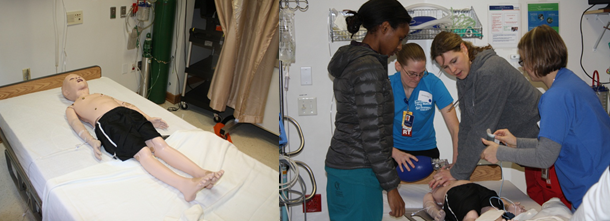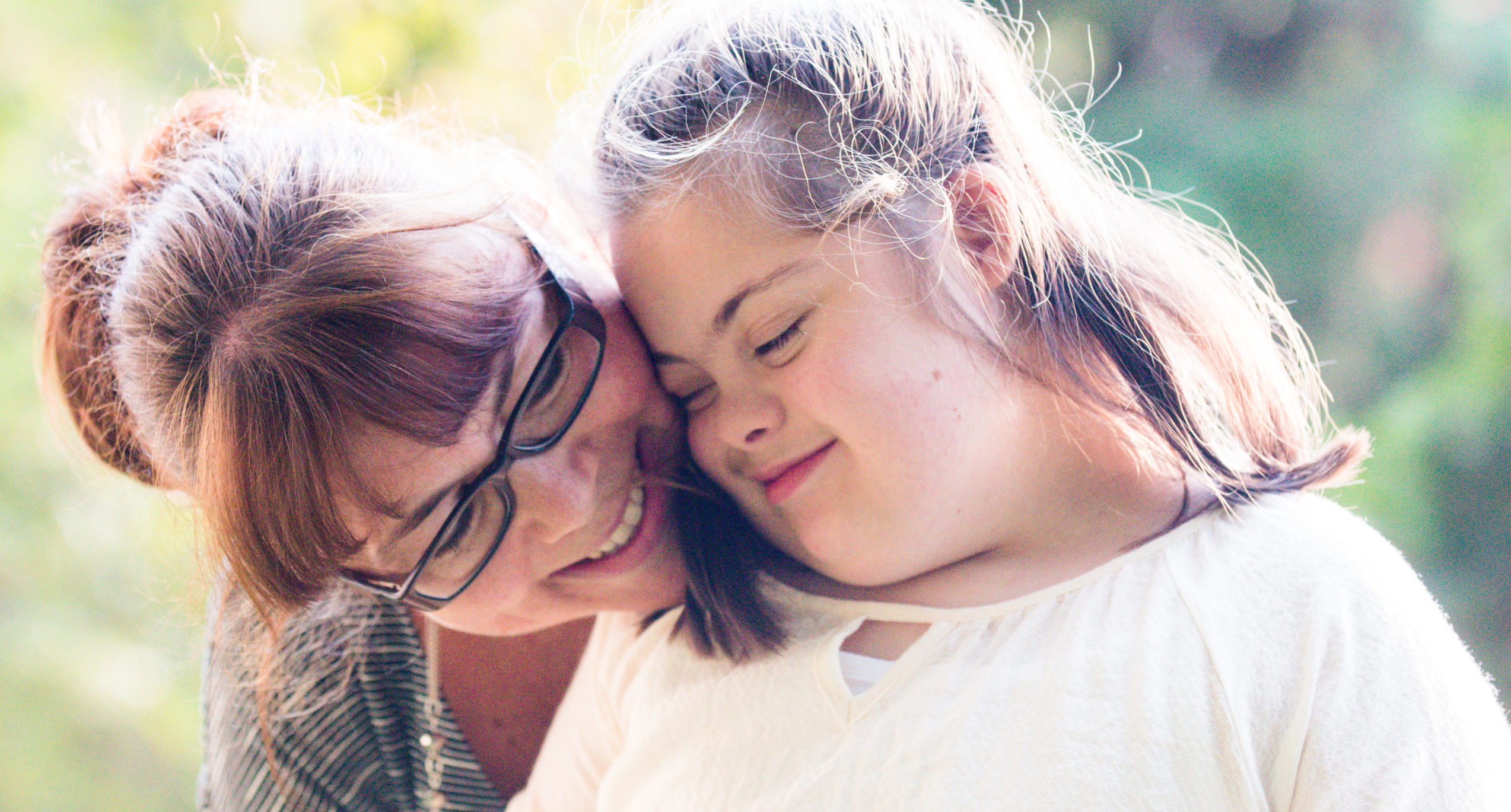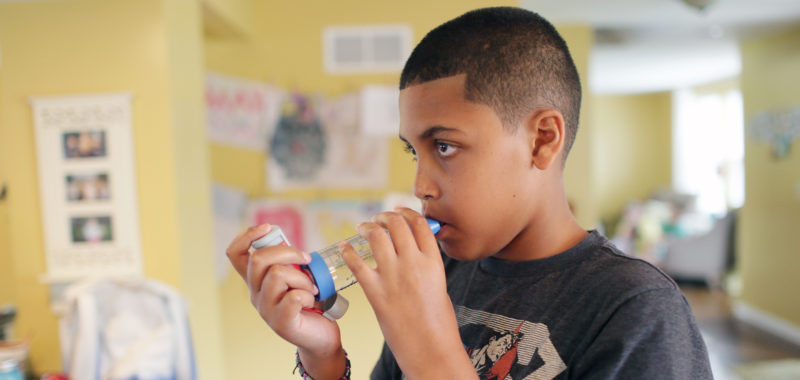A 10-year old boy has been rushed to the hospital after falling in a river while playing with his friends. He goes into cardiac arrest secondary to the near-drowning. He is fading fast, doctors and nurses must work together to save his life.
The team rushes to check his vitals, and within seconds they begin CPR. They quickly decide on the right medications and work to get his body temperature up. After a stressful 15 minutes, the team is able to stabilize the patient and ultimately save his life.
You may have noticed from the picture above that this 10 year old boy is not a real patient, he’s actually plastic. That’s because he is a patient simulator used by The Center for Simulation and Research at Cincinnati Children’s. This was the scenario a group of nurses was given in a Pediatric Advanced Life Support (PALS) session I recently observed, a course for healthcare providers who respond to emergencies in infants and children.
Cincinnati Children’s is dedicated to offering the best and safest care for our patients. What most families never see is the amount of behind the scenes work that goes into this care. The Simulation Center gives clinicians the tools and education they need to achieve the best outcomes for patients and to provide the best possible experience for families by practicing every aspect of care.
Meet Lori – named after a character from the Walking Dead, of course!
Lori can blink, breathe, bleed, talk, cry, and mimic pulse, blood pressure and other vital signs. She is one of twenty patient simulators used by the team. The simulators have lifelike airway, pulmonary, cardiovascular, metabolic and neurological systems. The most advanced simulators include drug recognition systems that can make the simulator respond based on the types and amounts of medications given to them. This makes for the most realistic simulations possible. I was even able to place a working IV in one of them!
On any given day the team could be training nurses and doctors on how to use a defibrillator, simulating an emergency situation with the transport team, testing a medication on a simulator, or conducting research to figure out how long it takes for a message to get from the bedside nurse to the fellow who needs to be paged. Whatever project they take on, the goal is always the same. “We are committed to always doing better and educating clinicians to improve their skills to ultimately improve child health” said Jamie L. Shoemaker, RN, BSN, and Education Specialist in the center.
There is no typical day for the team. They are always working on new projects and research studies. Elise Adams, one of the Education Coordinators told me the most exciting piece for her is working with all the different groups around the hospital. “It’s never generalized research. We tailor almost everything “she said. The Simulation Center is currently partnering with the Diversity and Inclusion group to develop simulations that can help clinicians recognize various cultural aspects of a patient or family’s care needs.
Technical skills are extremely important in healthcare, but equally important are the non-technical skills, such as teamwork and communication. Simulations not only focus on improving clinical skills, but also bettering communication. “Research shows that many serious safety events occur from a communication breakdown and I think families would appreciate knowing that improving communication skillsa big part of what we do” said Shoemaker.
Many of the staff previously worked on the clinical side, so although they do miss the interaction with patients, seeing results of their hard work and research is just as rewarding. “Seeing a result is huge. For example, we conduct education for residents on resuscitation and using the defibrillator, and say we hear a few days later after the training when they had a serious event they remembered how to use the defibrillator correctly to save that patient and change the outcome. For us to hear that is saying what we’re doing is working” said Rami Leventhal, EMT-P an Education Associate, in the Simulation Center.
“Yes we simulate different scenarios, but I think over time it changes the cultural behavior of the clinical staff, and it’s hard to measure that. Coming from the clinical side of the ED, where I thought we do certain things for a particular reason and then working here and seeing more about why we do those things has been a big wakeup call” said Leventhal.
Cincinnati Children’s is privileged to have such an innovative team that is dedicated to changing the outcome and improving patient safety. It’s easy to overlook the behind the scenes work, but we know it is crucial to providing the best possible care.
Here is some additional information about the Center for Simulation and Research if you’d like to know more about the team and their work.





